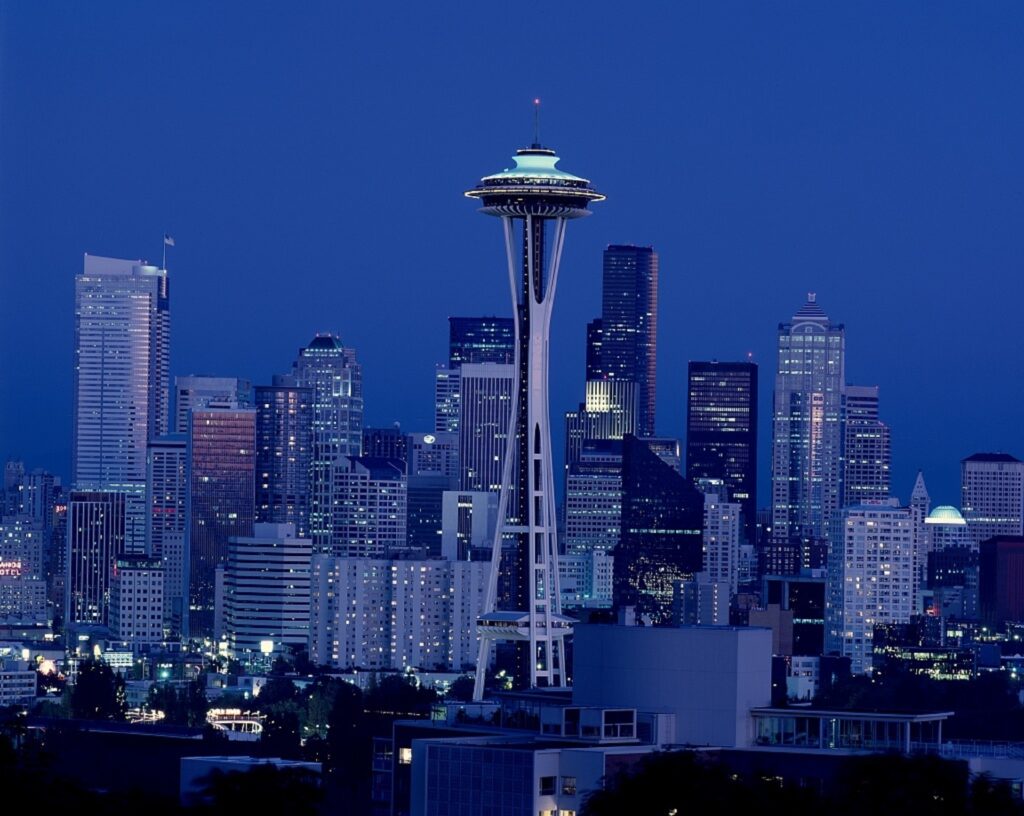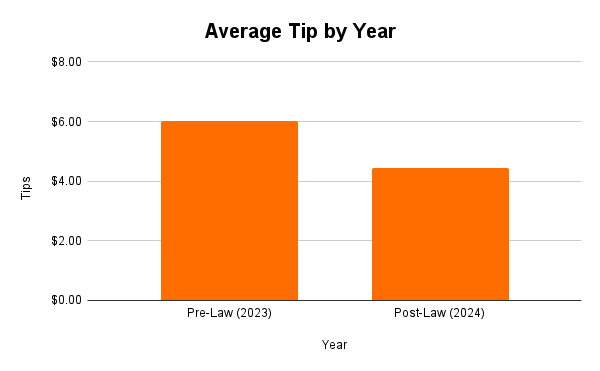PayUp’s Broken Promises

At the start of 2024, despite warnings from gig worker groups like Drive Forward, Seattle’s PayUp ordinance was passed. The law promised $26.40 an hour (before tips) for drivers—well above the city’s minimum wage of $19.97.
Fast forward to 2025, and it’s clear that the law has created a whole set of unintended consequences. Grubhub data shows that the law has hurt driver earnings, increased wait times, and posed serious challenges for restaurants and customers alike.
Fewer Orders, Struggling Restaurants, and Frustrated Customers
The ripple effects of PayUp are being felt throughout the delivery ecosystem in Seattle. Orders continue to decrease, which means drivers are seeing fewer opportunities to earn.
For small, independent restaurants—the heart of Seattle’s food scene—these challenges can be particularly tough. With rising costs and shrinking demand, many are navigating tighter margins and working hard to adapt.
Customers aren’t escaping unscathed, either. Longer wait times and a higher cost for delivery platforms to operate in Seattle are making the service less convenient and affordable.
Waiting Game
While some drivers are earning more per delivery, the cost increases associated with implementing PayUp have put many customers off from ordering. Fewer orders, coupled with an unregulated number of drivers on the road, means that drivers are waiting much longer between deliveries—and that wait time continues to increase in PayUp’s second year. At the same time, diners are waiting longer for their food, and restaurant partners are processing fewer orders, indicating that all sides are feeling the strain under the new pay standard.
On average, Grubhub drivers in Seattle are waiting about 110 minutes longer for the next delivery opportunity (a 578% increase from the year prior). So, while they may be earning more for the delivery opportunities they do receive, those opportunities are coming less and less, therefore eating away at their potential earnings. When we factor in total earnings per “online hour” (the time spent on the app), drivers are earning, on average, 36% less than before PayUp was implemented.
What was supposed to stabilize earnings has instead created more unpredictability. Drivers are left waiting for jobs to come through, and that waiting time is taking a big bite out of their earnings.
A Hidden Hit to Driver Earnings
If you think it couldn’t get worse, think again—tips, a major part of many drivers’ earnings, have dropped by over 30% per delivery.

Customers are already feeling the squeeze from the policy environment in Seattle that has made delivery more expensive. Unfortunately, that means customers are tipping less, or not tipping at all, putting even more financial pressure on drivers who depend on those tips to make ends meet. Drivers receive 100% of their tips for completed deliveries, so the decrease in tips directly impacts their take-home pay.
A Call for Smarter Solutions
Seattle’s PayUp law hasn’t gone as planned. Now’s the time for Seattle’s City Council to hit pause and rethink their approach. We need a solution that balances fair compensation for drivers with a sustainable, efficient system that works for everyone—drivers, restaurants, and customers alike. At Grubhub, we’re committed to collaborating with policymakers and other stakeholders to find a solution that benefits all parties. It’s time for a more thoughtful, holistic approach that keeps the delivery ecosystem thriving.
